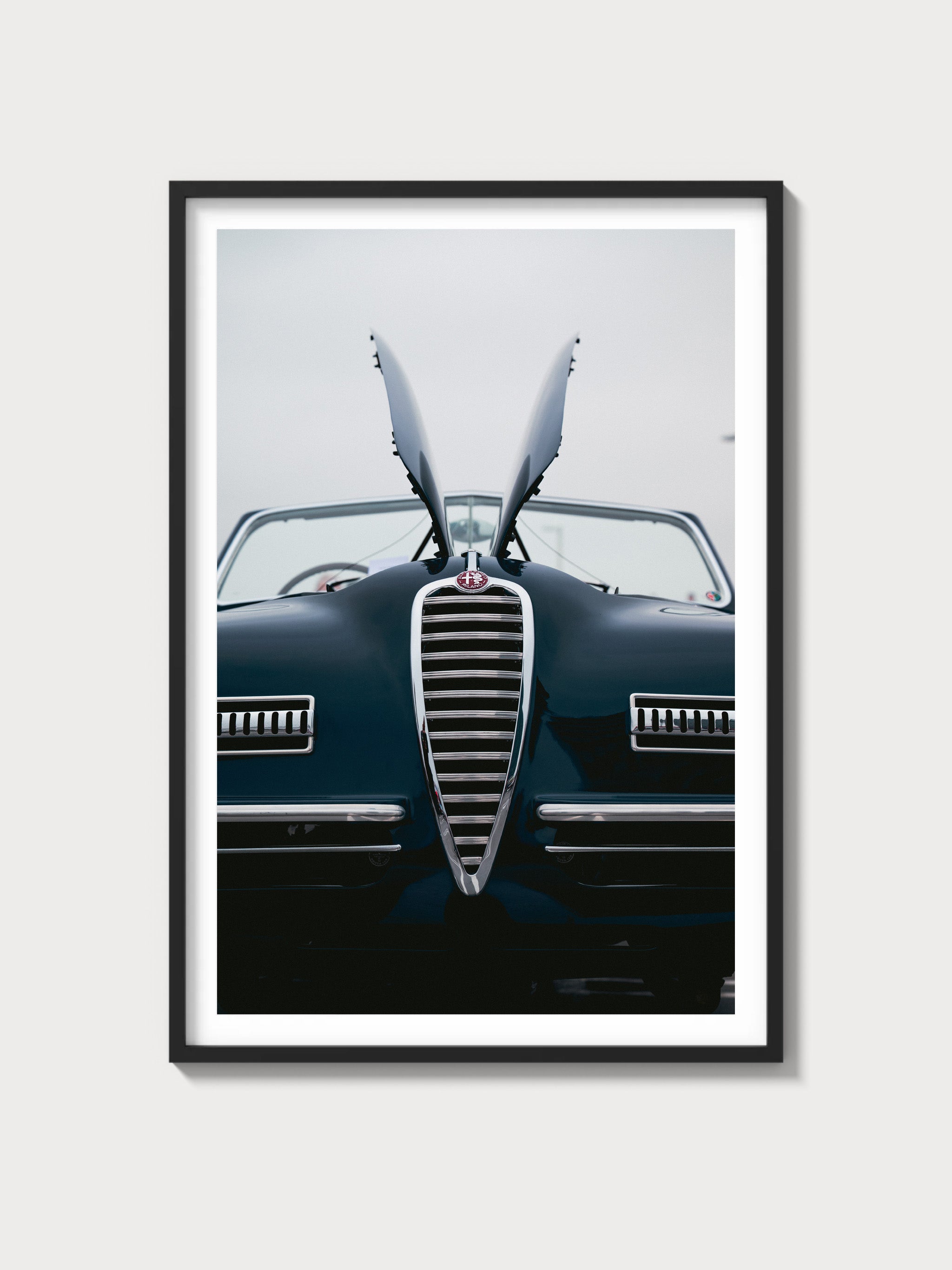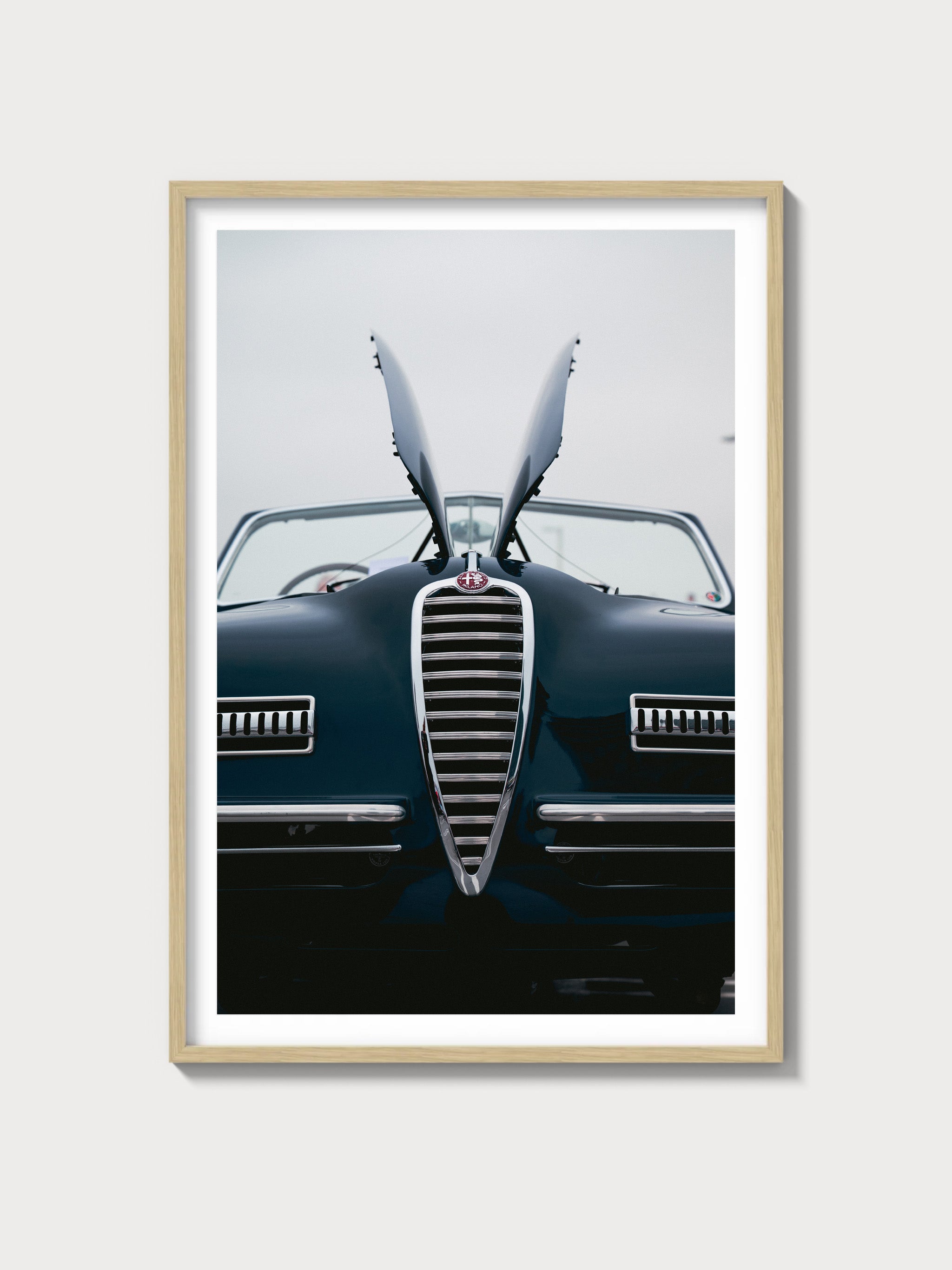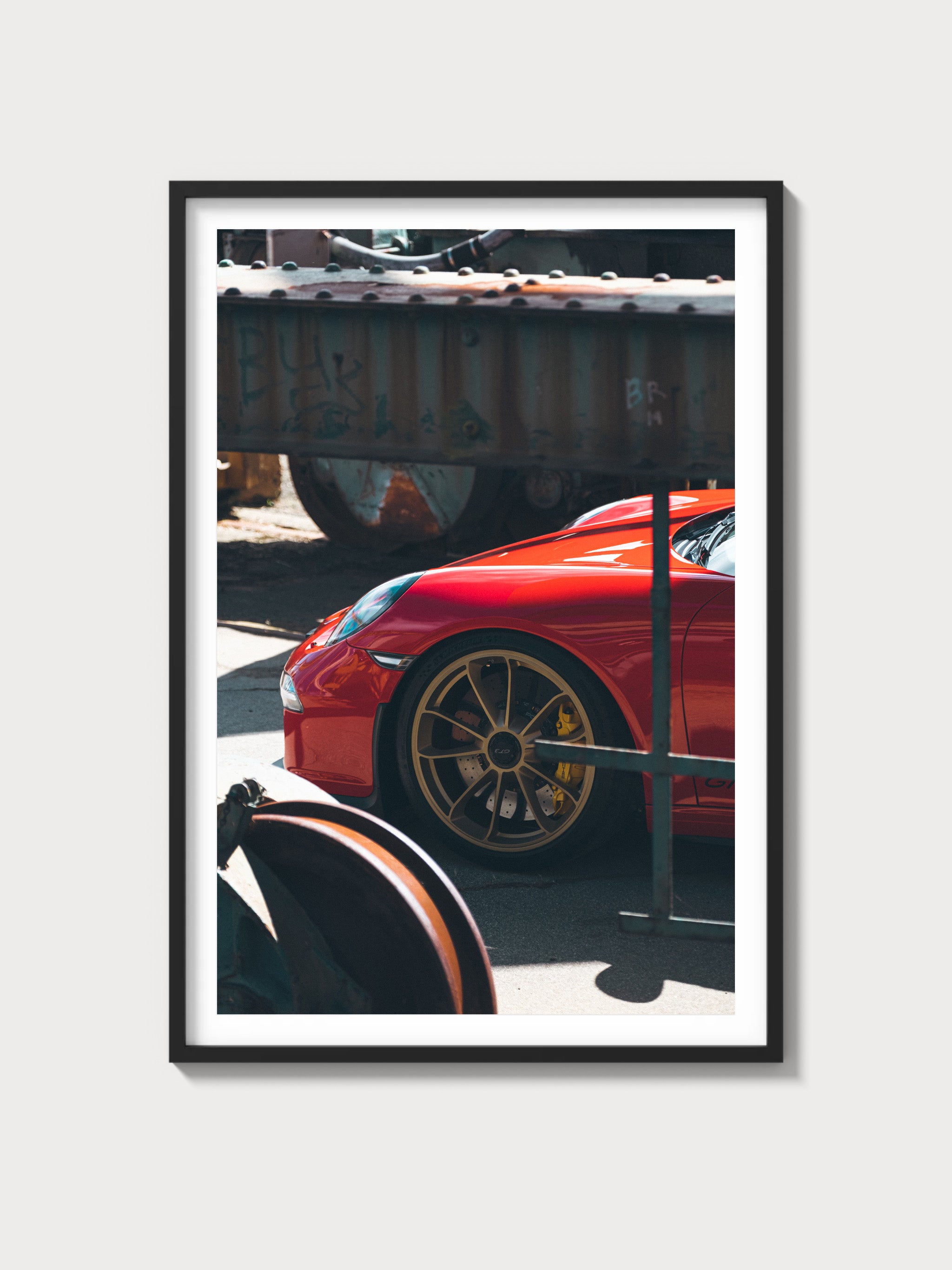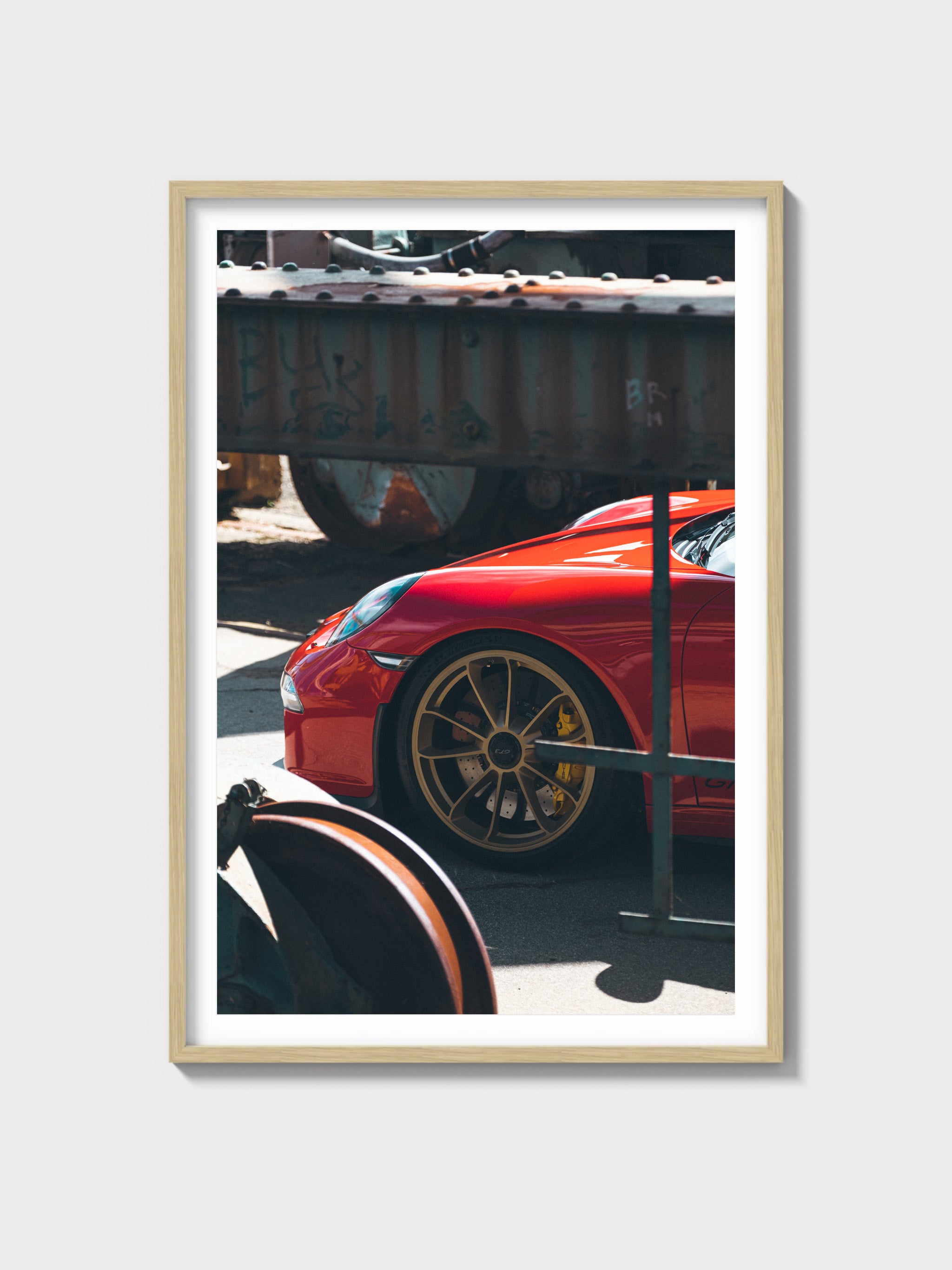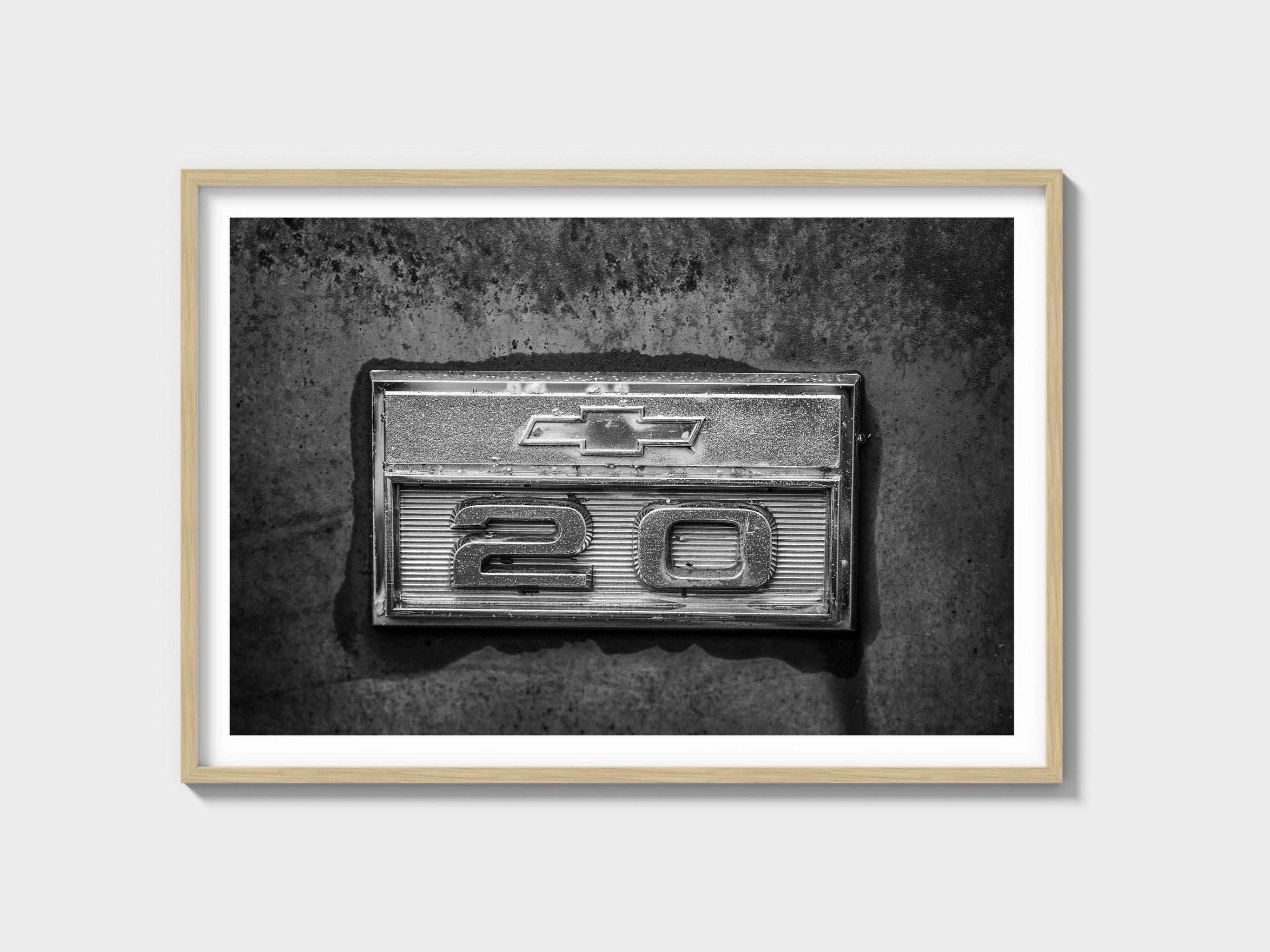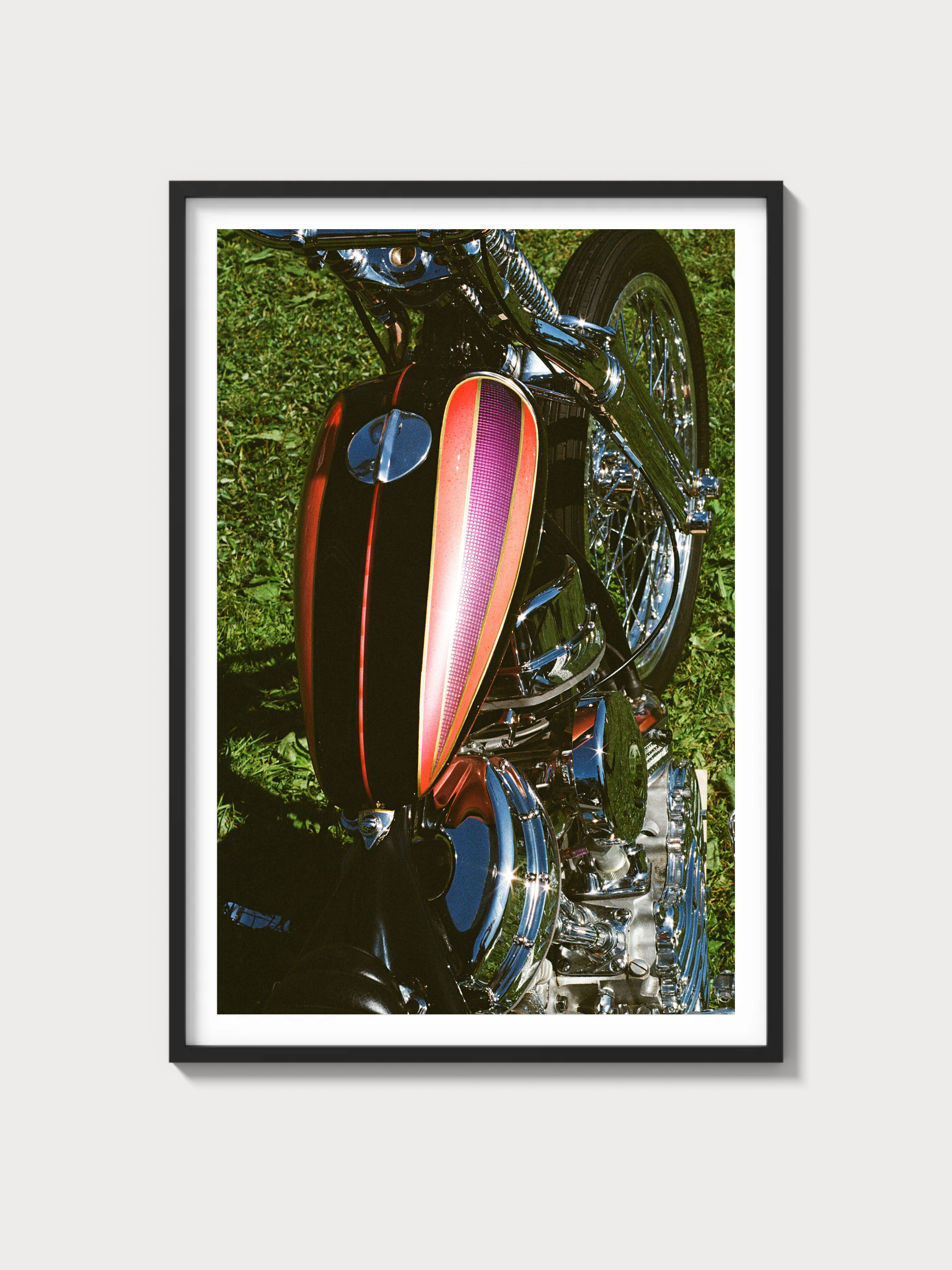1992–1999 Chevrolet Suburban Base (8th Gen GMT400)
Historical Context and Development Background
The 1992 model year marked the Suburban’s leap to the GMT400 platform, aligning Chevrolet’s longest-running nameplate with the contemporary C/K pickups. The redesign shed the brick-like silhouette of the 1973–1991 generation in favor of cleaner aerodynamics, a quieter cabin, and a chassis calibrated for daily use as much as towing and long-distance work. Independent front suspension (coil spring on 2WD, torsion-bar on 4WD) brought markedly improved ride quality over the outgoing solid-axle front end, while the rear retained a heavy-duty live axle on leaf springs for payload and trailer stability.
Corporate strategy was straightforward: extend the winning formula of the GMT400 pickups to the full-size SUV that had effectively created the segment. Two wheelbase classes were offered—1500 (half-ton) and 2500 (three-quarter-ton)—each available in 2WD (C) or 4WD (K). Early trucks carried over the 5.7-liter L05 small-block with throttle-body injection, while mid-cycle updates introduced the L31 “Vortec” 5.7 with new cylinder heads and a sequential central-port injection system. Big-block power (7.4L) remained the heavy-haul option, and from 1994 the 6.5-liter turbo-diesel joined for long-range torque and efficiency.
On the road and in the showroom, the Suburban’s competition shifted dramatically across the decade. Early on it faced the last of the two-door Ford Bronco and the rugged Toyota Land Cruiser 80-series; by the late 1990s, Ford’s four-door Expedition entered the fray, while GMC’s twin offered badge-and-feature parity. The Suburban’s trump card remained unchanged: three rows, genuine adult space, and tow ratings that reflected the platform’s truck roots. Although not a motorsport contender in the conventional sense, the GMT400 Suburban became a staple support and chase vehicle in off-road circles and a dependable tow rig for grassroots racers—roles it fulfilled with unshowy effectiveness.
Engines and Technical Specifications
The Base trim centered on the small-block V8, with spec climbing sharply in 1996 when the Vortec update arrived. Below is a concise matrix of the powertrains offered in this generation as equipped in the Suburban lineup.
| Engine (RPO / Years | Engine configuration | Displacement | Horsepower (net) | Induction type | Redline | Fuel system | Compression ratio | Bore x Stroke |
|---|---|---|---|---|---|---|---|---|
| 5.7L L05 (1992–1995) | OHV 90° V8, iron block/heads | 5,733 cc | ~190 hp (application dependent) | Naturally aspirated | Not specified on cluster | TBI (throttle-body injection) | ~9.3:1 | 4.00 in x 3.48 in (101.6 x 88.4 mm) |
| 5.7L L31 Vortec (1996–1999) | OHV 90° V8, iron block/heads (Vortec | 5,733 cc | ~255 hp | Naturally aspirated | Not specified on cluster | CSFI (sequential central-port) | ~9.4:1 | 4.00 in x 3.48 in (101.6 x 88.4 mm) |
| 7.4L L19 (1992–1995) | OHV 90° V8, iron block/heads | 7,439 cc | ~230 hp | Naturally aspirated | Not specified on cluster | TBI | ~8.0:1 | 4.25 in x 4.00 in (108.0 x 101.6 mm) |
| 7.4L L29 Vortec (1996–1999) | OHV 90° V8, iron block/heads | 7,439 cc | ~290 hp | Naturally aspirated | Not specified on cluster | Multi-point (Vortec) | ~9.0:1 | 4.25 in x 4.00 in (108.0 x 101.6 mm) |
| 6.5L Turbo-Diesel (1994–1999) | OHV 90° V8 diesel, iron block/heads | 6,506 cc | ~190–215 hp (varies by year) | Turbocharged | Diesel operating range; no redline | Mechanical/electronic diesel injection | ~21:1 | ~4.06 in x 3.82 in (~103.1 x 97.0 mm) |
Transmissions mirrored engine and GVWR choices. Half-ton 5.7L models commonly paired with the four-speed automatic (4L60 in early production, 4L60E electronic control thereafter), while 7.4L and many diesel/2500 configurations used the heavier-duty 4L80E. Final-drive ratios and cooling packages varied with tow ratings and region.
Driving Experience and Handling Dynamics
Even in Base trim, the GMT400 Suburban delivered civility that surprised owners familiar with earlier generations. The independent front suspension filters out small-amplitude chatter without sacrificing the steady, reassuring front-end bite that a long-wheelbase SUV needs when fully laden. Steering is recirculating ball with assist—never sports-car quick, but stable on-center and resistant to crosswinds.
Powertrain character hinges on the fuel system. The TBI-fed L05 is tractable and relaxed, with a broad torque plateau that suits towing; throttle response is gentle, and the 4L60/4L60E shifts unobtrusively when properly serviced. The 1996-on L31 Vortec transforms the truck: crisper tip-in, a stronger midrange, and a willingness to hold gears on grades—useful in mountainous terrain. The 4L80E brings extra thermal capacity and firmer calibration when coupled to big-block or diesel torque. Brakes are front disc/rear drum across the range; pedal feel is light and consistent, with ABS tuning aimed at stability over ultimate bite.
In 4WD models, the torsion-bar IFS preserves steering precision over rough surfaces, while the rear live axle (leaf springs) keeps trailers planted. Later trucks offered an automatic 4WD transfer case in some applications; the feature adds all-weather confidence if maintained, but careful buyers verify smooth engagement and no warning lights on a test drive.
Performance Specifications
Performance depends on engine, axle ratio, and curb weight. Period instrumented testing placed gasoline small-block 1500s in the high-9 to low-11-second range to 60 mph, with big-blocks generally quicker under load and the 6.5 turbo-diesel trading outright speed for sustained grade-climbing torque.
| Metric | 1992–1995 5.7 TBI (1500) | 1996–1999 5.7 Vortec (1500) | 7.4 V8 (2500) | 6.5 Turbo-Diesel |
|---|---|---|---|---|
| 0–60 mph | ~10.5–11.5 s (typical tests) | ~9.5–10.5 s (typical tests) | ~9–10 s (typical tests) | ~12–14 s (typical tests) |
| Quarter-mile | ~17.8–18.5 s | ~17.0–17.8 s | ~16.9–17.6 s | ~19–20 s |
| Top speed | Electronically limited; typically < ~100 mph | Electronically limited; typically < ~100 mph | Electronically limited; typically < ~100 mph | Electronically limited; application dependent |
| Layout | Front-engine, RWD or 4WD | Front-engine, RWD or 4WD | Front-engine, RWD or 4WD | Front-engine, RWD or 4WD |
| Curb weight | ~5,200–5,600 lb (1500) | ~5,300–5,700 lb (1500) | ~5,800–6,600 lb (2500) | Varies by trim; similar to gas equivalents |
| Brakes | Front disc / rear drum; ABS | Front disc / rear drum; ABS | Front disc / rear drum; ABS | Front disc / rear drum; ABS |
| Suspension | IFS (coil on 2WD, torsion on 4WD) / live rear axle (leaf) | IFS (coil on 2WD, torsion on 4WD) / live rear axle (leaf) | IFS (coil on 2WD, torsion on 4WD) / live rear axle (leaf) | IFS (coil on 2WD, torsion on 4WD) / live rear axle (leaf) |
| Gearbox | 4-spd auto (4L60/4L60E) | 4-spd auto (4L60E) | 4-spd auto (4L80E) | 4-spd auto (4L80E common) |
Variant Breakdown and Trim Differences
Chevrolet offered the Suburban in 1500 and 2500 series, each with multiple trims. The Base trim emphasized durability and essential equipment, with LS and LT layering convenience and luxury. Tailgate/liftglass and split rear barn doors were both available during this generation, depending on order code and market.
| Trim / Series | Drivetrain | Engines | Key equipment | Notable differences | Production numbers |
|---|---|---|---|---|---|
| Base 1500 | RWD or 4WD | 5.7L L05 (’92–’95), 5.7L L31 (’96–’99) | Cloth/vinyl seating, steel wheels/hubcaps (varied), manual A/C, basic audio | Minimal brightwork, simplified interior trim; bench seating common | Not officially broken out by trim |
| Base 2500 | RWD or 4WD | 5.7L (select years), 7.4L big-block, 6.5 turbo-diesel (’94–) | Heavy-duty cooling/suspension, higher GVWR | 8-lug wheels on many, larger brakes, towing-oriented ratios | Not officially broken out by trim |
| LS (1500/2500) | RWD or 4WD | As per series | Power accessories, upgraded audio, alloy wheels on many | More sound insulation, additional convenience features | Not officially broken out by trim |
| LT (1500/2500) | RWD or 4WD | As per series | Leather seating (common), premium audio, body-color trim | Top-tier comfort features; often heavier curb weights | Not officially broken out by trim |
- Notes on engines: Diesel became available from 1994; 7.4L most frequently found on 2500s.
- Regional packaging: Content bundles and wheel/tire packages varied by market and year.
Ownership Notes: Maintenance, Parts, and Restoration
- Service intervals: Adhere to the period owner’s manual schedules. Many owners of small-block gasoline models follow conservative oil change intervals and frequent transmission fluid/filter service, especially if towing.
- Known issues (5.7L L31): Intake manifold gasket seepage at coolant crossover; CSFI poppet injectors can stick with varnish—many trucks were updated to later-style multi-port retrofit kits. Distributor gear and cap/rotor wear are typical tune-up items.
- Known issues (5.7L L05): TBI units are simple and durable; vacuum leaks and throttle-body regulator issues appear with age but are straightforward to diagnose.
- Known issues (7.4L/6.5 TD): On big-blocks, exhaust manifold and downpipe fasteners can corrode; on the 6.5, cooling system health is critical—owners watch for lift-pump and PMD (pump-mounted driver) failures on electronically controlled variants.
- Transmissions: 4L60/4L60E units benefit from frequent fluid changes and proper cooler capacity; high-mileage units can exhibit 3–4 clutch and sun-shell wear. The 4L80E is generally more robust, but proper line pressure and cooling remain important.
- Chassis/steering: Pitman and idler arms, center link, and upper/lower ball joints are consumables on heavier trucks. Steering intermediate shaft clunk and worn rag joints show up on neglected examples.
- Rust watchpoints: Rocker panels, lower doors, rear wheel arches, barn-door thresholds, body mounts, and the frame rails above the rear axle. Brake and fuel lines inboard of the frame can also corrode in road-salt regions.
- Parts availability: Excellent mechanical and trim support thanks to GMT400 volume and interchangeability with pickups. Interior plastics for early dash designs and certain tailgate/barn-door bits may require patience to source in top condition.
- Restoration difficulty: Mechanically straightforward. The challenge is often cosmetic recon—OEM-quality seat upholstery, headliners, and clean rust repair separate average drivers from collector-grade trucks.
Cultural Relevance and Market Perspective
The GMT400 Suburban became a staple in municipal fleets, emergency services, and federal motor pools, cementing the silhouette of a blacked-out Suburban as a late-20th-century cultural touchstone. In popular media and advertising, it embodied the shift toward family SUVs that could tow boats and campers without compromising comfort.
Collector interest gravitates toward low-mileage, rust-free examples with original paint and documentation, particularly Vortec-era 5.7s and well-specified 2500s (big-block or diesel) that present strong tow credentials. Prices, as evidenced by period-correct auction listings and private sales, have historically ranged from driver-grade affordability to low five-figure sums for exceptional survivors; specification, condition, and provenance drive the spread more than trim line alone.
FAQs
Is the 1992–1999 Suburban Base reliable?
Yes, when serviced on time. The small-block V8s have broad parts support and long service life. Watch intake manifold gaskets on L31s, poppet injectors (often upgraded), and transmission maintenance on 4L60E trucks.
What engines were available on Base models?
Most Base 1500s: 5.7L V8—L05 (1992–1995) or L31 Vortec (1996–1999). 2500 Base could be optioned with the 7.4L V8 and, from 1994 onward, a 6.5L turbo-diesel in many markets.
How quick is a Vortec 5.7 Suburban?
Period testing typically recorded 0–60 mph in roughly the mid- to high-9-second range for 1500 2WD gasoline models, depending on axle ratio and equipment.
What’s the towing capability?
Tow ratings vary by engine, axle ratio, and cooling package. Properly equipped 1500s and especially 2500s were rated to tow substantial loads for the era. Verify the specific truck’s door-jamb label and hitch ratings for exact figures.
Common rust areas?
Rocker panels, lower doors, rear arches, barn-door sills, and the frame above the rear axle. Inspect brake and fuel lines for corrosion.
Which transmission is more durable?
The 4L80E used with many 2500/big-torque applications is generally more robust than the 4L60E, though both depend on fluid quality and cooling—especially when towing.
Any interior differences within the generation?
Mid-cycle updates brought a revised dashboard with integrated airbags and improved ergonomics. Trim levels (Base, LS, LT) stepped up materials and equipment accordingly.
Are parts easy to find?
Yes. The GMT400 ecosystem is vast; engine, drivetrain, and chassis parts are widely available, with an active aftermarket for upgrades and OE-quality replacements.








































